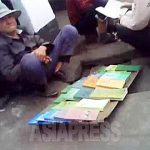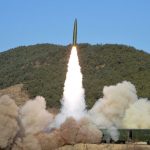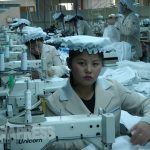2013/July/03
Report by Gu Gwang-ho (Original Report - Sep, 2011)
<<PREVIOUS - PART 8 (a)
The mechanism is as follows. Those who have "exchange coupons" given out by the government are allowed to buy brands sold at government-designated prices. But those without such coupons have to buy cigarettes at prices that are the same as market prices.
The situation was the same at the tableware area on the same ground floor. Reporter Gu asked one of the people standing in line, who said "they are selling metal rice scoops at 97 won (approximately 2.5 U.S. cents)." A few of these "exchange coupons" are given out when food rations are distributed, but since not everyone gets these coupons, they are also bought and sold on the black market.
All the other products, for example "forks 2400 won (about 60 U.S.cents)", "chopsticks 1400 won (about 35 U.S.cents)" are again priced the same as in the markets. In the end, the only people who find it worth coming to the department store are the ones with "ration coupons", and for everyone else, there is no need to come all the way here.
If one goes to the markets, one can bargain for better prices, and can choose from a wider range of choices. To begin with, there is a reason why one cannot buy the products being offered at prices other than the state-designated prices. In the alcoholic drinks area, "Taedong-gang beer" was on sale at 140 won (about 3.5 U.S. cents) a bottle. But the store clerk brusquely replied "this is not for sale right now". That is not surprising, since the same product is being sold at the market at a price that is ten times higher. In other words, all the products here line the shelves as "exhibits" on show.
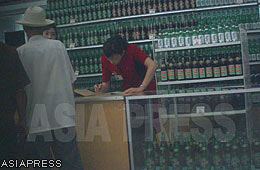 (Sep.2011/Gu Gwang-ho) |
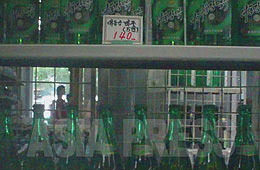 |
On the third floor, here too, there was a line in one area. On being asked, the reply was, they were selling children's shoes at the government-designated price of 240 won (about 6 U.S. cents) but only to "old veterans" with distinguished service for example, who took part in the Korean War, and their families. Meanwhile, at the women's lingerie department, dozens of bras were displayed along the wall, arranged like flowers. The price was the state-designated price of 300 won (about 8 U.S. cents). Since these were not for sale, there were no customers in sight.
A female store clerk in the handicrafts area on the fifth and topmost floor was the one who let me in on the product distribution mechanism of this department store. I tried to buy some room slippers, but the reply was the usual "not for sale". So I persisted, asking "when on earth would they actually be for sale". The store clerk replied, "When we receive shipments of the product. We received shipment of ten or so pairs for the product exhibition, so they are for putting on the shelves for show, not for sale". In other words, most of the products here were delivered in time for Kim Jong-il's inspection, and have simply been put on show on the shelves.
In this way, the Pyongyang Department Store No. 1 is a place where you come to receive certain daily essentials being sold at state-designated prices that are almost free of charge in exchange for "exchange coupons", while glancing at beautifully displayed products from the corner of one's eyes.
The goal of the store is not to promote consumption like a department store in a capitalist country, but to show off the fact that even with the "Korean style socialism", an abundance of goods can be provided.' In Korea today, all the goods on sale at department stores can be bought at cheaper prices if you go to the market, where there is more stable supply.
<<<BACK TO PREVIOUS PAGE (PART 8 (a)
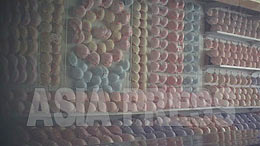 |
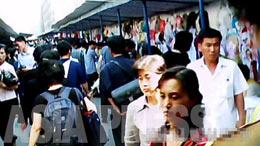 |
The Pyongyang Department Store No. 1 - Green Arrow
|
|||
<<<BACK TO PREVIOUS PAGE (PART 8 (a)
Photo Report
PART 1 - PART2 - PART 3 - PART 4 - PART 5 - PART 6 (a) - PART 6 (b) - PART 7 - PART 8 (a) - PART 8 (b)
Gu Gwang-ho is in his thirties and lives in Pyongyang. He started his journalistic activities in 2011 after having training several times as a reporter by ASIAPRESS North Korea Reporting Team. He has made series of reporting in Pyongyang and South Pyongan Province successfully so far. His remarkable video report on starving People's Army soldier in 2011 was aired by many TV stations over the world.

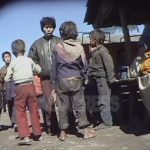
![[PHOTO REPORT] Winter, people strive to overcome the water crisis by drinking river water](https://www.asiapress.org/rimjin-gang/wp-content/uploads/2018/07/20150506_asiapress_01_X500-150x150.jpg)

